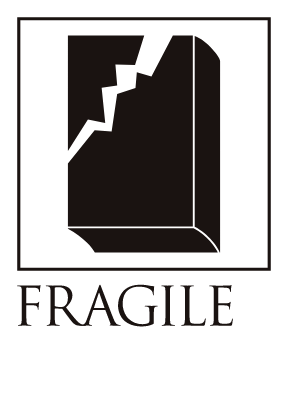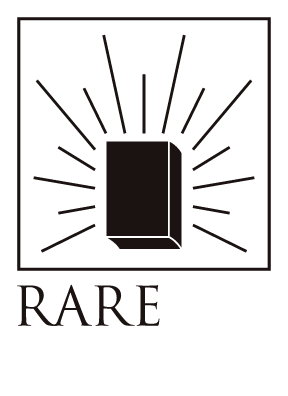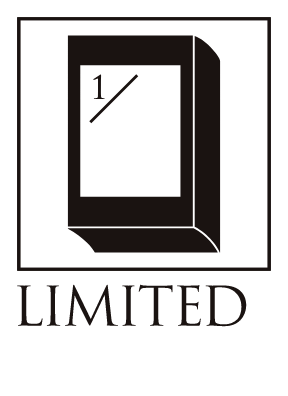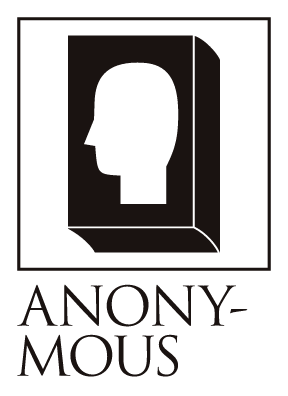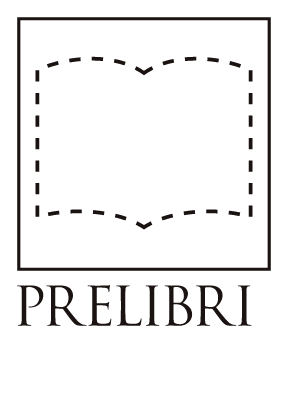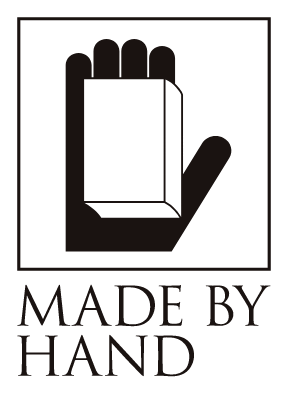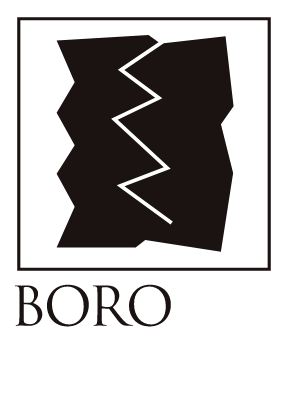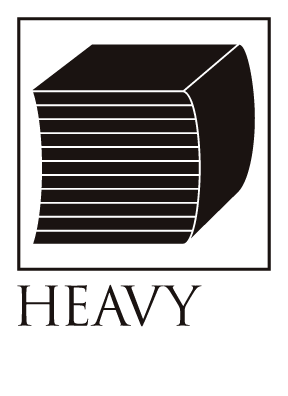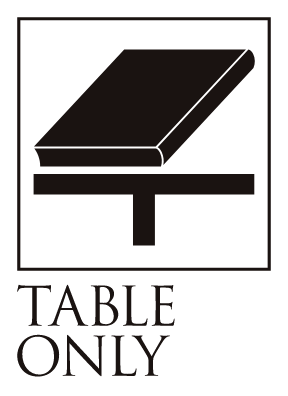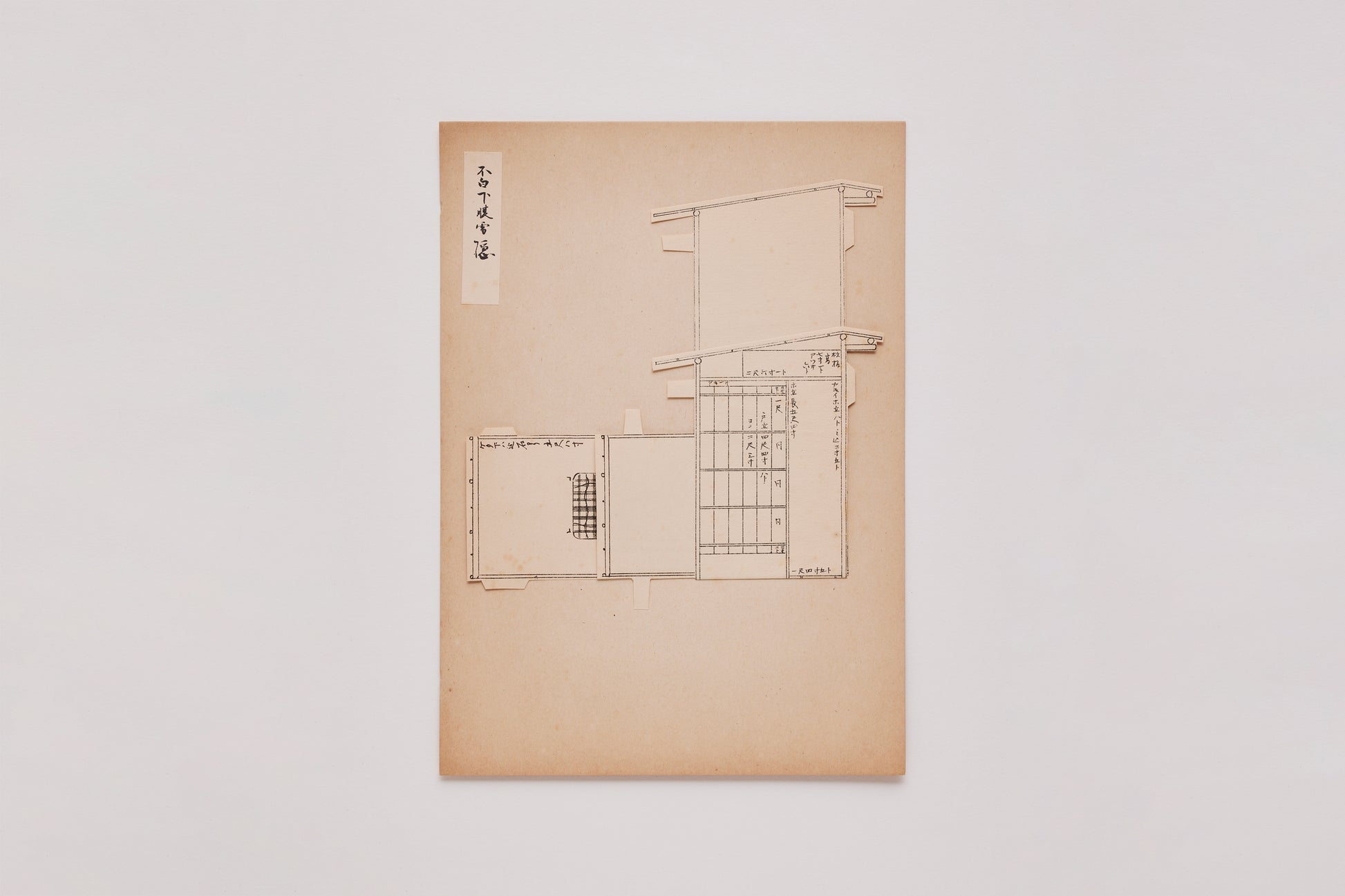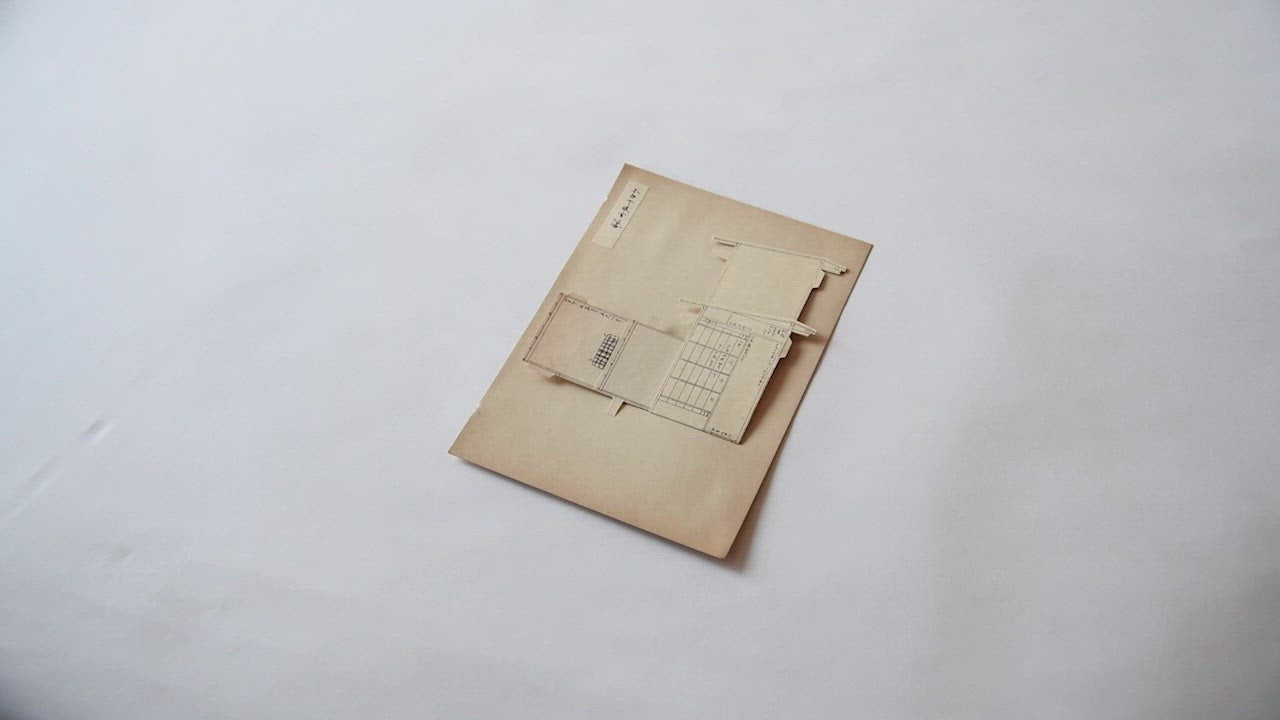Fuhaku-gefuku-secchin (Restroom for tea ceremony)
Bibliographic Details
- Title
- 数寄屋おこし絵図 / sukiya okoshi ezu
- Editor
- 鈴木行三 / Kozo Suzuki
- Publisher
- 三昧社 / Zanmaisha
- Year
- 昭和6年 / 1931
- Size
- h265 × w188 mm
- Weight
- 25 g
Sukiya-okoshi-ezu
Okoshi-ezu were “pop-up” drawings which folded up.
to create a fully three-dimensional miniature.
to create a fully three-dimensional miniature.
Here are some of the most creative "okoshi ezu" paintings from the tea ceremony rooms of Rikyu, Oribe, and Korin that existed during the first 400 years of the tea ceremony, as well as from the surrounding tea ceremony rooms such as "Setchin", "Mizuya", and "Nakakuguri". The folded paper is raised and a paper nail is inserted to make it stand on its own without using glue. "Suki" means "I like". The dimensions and materials were drawn in detail, which greatly helped "sukiya" artists without architectural knowledge or skills to express their "taste" outside of the norm. This small model of a tea house was handed from the tea master to a master builder ("sukiya" carpenter), who deciphered it and constructed it. This is a limited edition of "sukiya okoshi ezu" (published in 1931) by Zanmaisha, which was published 90 years ago as a limited edition of "sukiya-okoshi-ezu" a collection of "okoshi ezu" passed down in the tea ceremony house.
